Ever wondered how seasoned gardeners get it so right when it comes to propagating and caring for their plants? Here’s a little look at some of the tricks of the trade.
Cover up
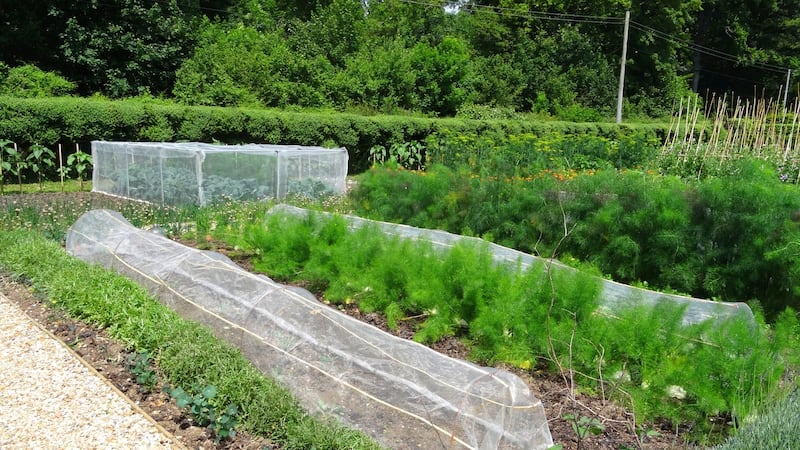
From protecting tender young shoots against late frosts and chilly winds to helping freshly sown seed to germinate by boosting soil temperatures, horticultural fleece is a wonderfully useful tool. Lightweight, light-permeable and super-insulating, it creates a protected micro-climate where the difference in temperature can be as much as 5C.
Use one to three layers suspended on wire hoops to create a cosy cocoon or fleece tunnel (best in a polytunnel or glasshouse where strong winds won’t dismantle the structure). You can also use it outdoors, loosely spread out over freshly sown vegetable beds, flower beds or newly-sown lawns, with the edges weighed down with a ribbon of soil or wooden planks.
Many professional market gardeners also use horticultural fleece throughout the growing season to boost growth, keep leafy vegetables tender and protect crops against common pests such as pigeons, carrot fly and flea beetle. I like to use it for heat-loving dahlias to encourage the trays of tubers into early growth in spring, as well as to keep the plants flowering in autumn.
Available to buy in good garden centres in different weights (the heavier, the more protective it will be) and different widths (the wider widths are essential if you're covering large beds or tall plants), the most economical way to buy it is as a large roll to share out among gardening friends. Longer-lasting but more expensive, climate net (available from fruithillfarm.com) performs a similar range of useful functions.
Mineral help
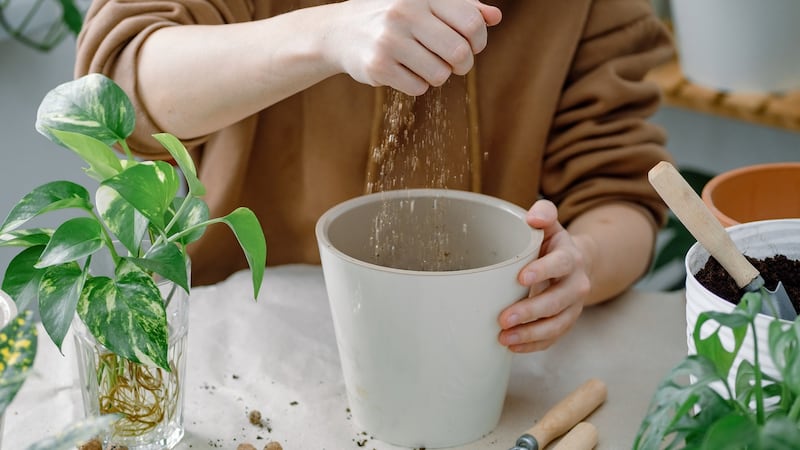
If you’ve failed again and again when it comes to raising plants from seed, then the chances are you’ve never used vermiculite. It’s a naturally occurring, non-toxic mineral that expands when it’s heated to a high temperature.
Professional growers add horticultural -grade vermiculite to seed composts to lighten them and improve drainage while increasing the seedlings’ ability to access water and nutrients as well as to help prevent common diseases such as “damping off”. It’s very lightweight, highly absorbent and has a neutral pH. I like to work a handful or two of fine-grade vermiculite into the top 5cm layer of compost and then, after sowing, to finish off with another shallow top-dressing . It works (almost) every time. Vermiculite is available from most good Irish garden centres.
Plastic fantastic
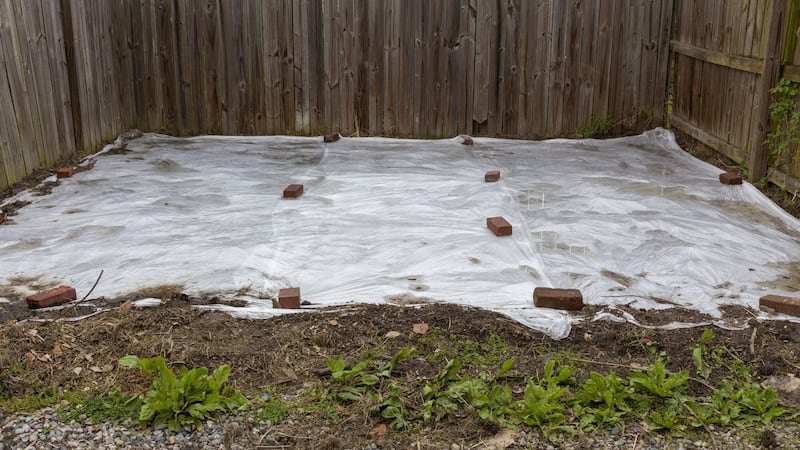
While the overuse of plastics in the garden is a genuine cause for environmental concern, heavyweight plastic sheeting still has its place as a very effective way to kill off and/or suppress weed growth without resorting to conventional chemical weedkillers. Stretched tautly over empty beds, it stops weed seeds from germinating, prevents soil erosion, locks in moisture and nutrients and boosts soil temperature until you’re ready to replant.
It can also be used to kill off/seriously weaken weedy growth in previously neglected areas of the garden or allotment. In this case, start by strimming/cutting back the excess growth to ground level and digging out the root systems of any unwanted woody/shrubby plants. Follow this, ideally, with a mulch of well-rotted manure/organic matter and then finish off by spreading a section of strong gauge plastic sheeting tightly over the area. Make sure to trench the edges into the ground or secure them by wrapping them around wooden planks to prevent it working loose in high winds.
After several months, peel it back to check on progress. Once the weedy growth looks dead/yellow brown, you can take it off entirely (store it somewhere dry and dark for re-use) and then dig/rotovate the ground in preparation for planting.
Marine health
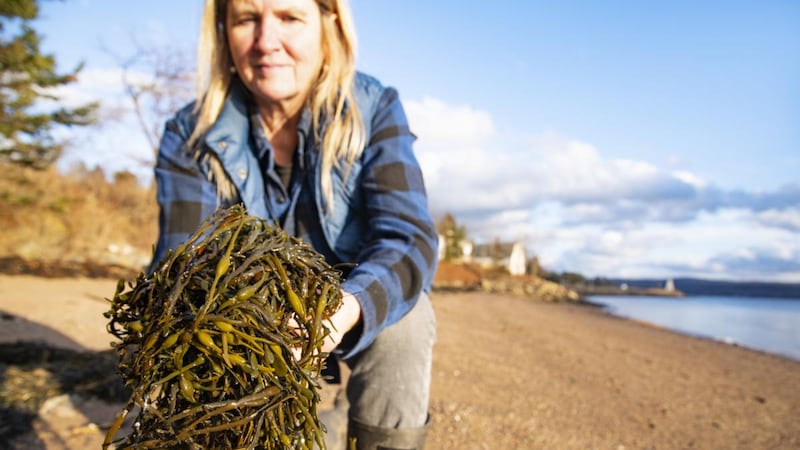
Seaweed has been proven to have a near-miraculous effect on plant health and vigour, from boosting germination, root development and photosynthesis, encouraging flowering and fruiting and helping plants fight off pests and disease to stimulating their ability to withstand drought and extremes of temperature. Some gardeners even swear that it makes food crops tastier.
Very few of us have access to freshly-harvested seaweed (if you do, just make sure to harvest sustainably and with permission) but liquid seaweed is readily available from good garden centres and can be used as a soil drench and/or foliar feed with brilliant results. Just remember that as a rule, the smaller/younger the plant, the more diluted a solution you should use; so, for example, if you’re using it to soak seed (do this for 24 hours to help trigger germination) or for young seedlings, use a very diluted solution.
To use liquid seaweed as a fast-acting foliar feed, dilute with water to the recommended concentration and then apply with a mister or sprayer, making sure to coat all surfaces of the leaves. Liquid seaweed can be used as fortnightly intervals throughout the growing season. Seaweed is also available in powdered form, known as seaweed dust, which can be used as a mineral and nutrient-rich soil conditioner at planting time or as a top dressing. Stockists include mrmiddleton.com ; quickcrop.ie and fruithillfarm.com.
Mulch, glorious mulch
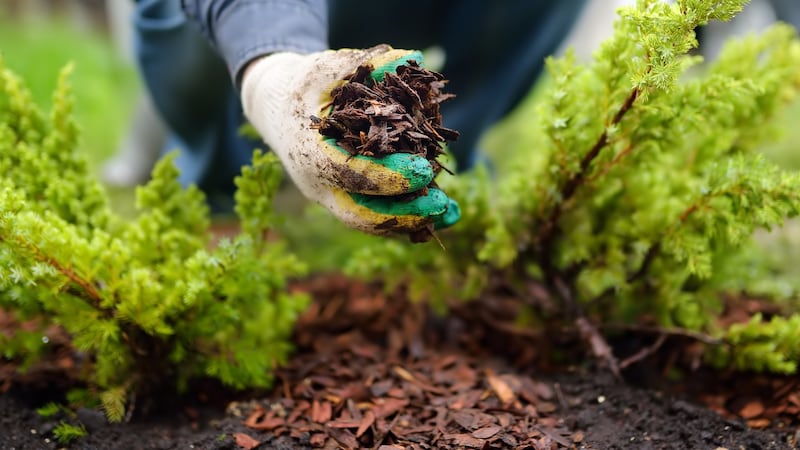
A healthy soil makes for healthy plants, and organic mulches support soil health in a myriad of useful ways, protecting it from erosion and leaching while boosting the activity of all the mini-beasts and micro-organisms essential to keeping it in good shape. These organic mulches also help to suppress weed growth and lock moisture into thirsty soils.
Examples of conventional organic mulches include well-rotted manure, homemade compost, hay, straw and commercially made products available from Irish businesses such as enrich.ie, mulch.ie and geeup.ie. Examples of lesser-known but highly effective organic mulches include what's known as RCW (for ramial chopped wood) or BRF (for bois raméal fragmenté), an innovative French-Canadian technique that uses the freshly chipped young branches and twigs of deciduous trees and shrubs.
See enrich.ie, geeup.ie or quickcrop.iefor bags of Envirogrind, and organicresearchcentre.com for information on RCW/ BRF.
Soil probiotics
Designed by French farmer Marcel Mézy in the 1990s, the innovative soil probiotic or biofertilizer known as Soil Renew uses the action of natural soil microorganisms to help restore and support soil health and boost the production of humus, the near-magical substance that's key to soil fertility. Benefits-in-kind include an increase in your garden or allotment's earthworm population, strong, healthy plant growth, higher yields, tastier crops, lusher lawns, and a significant reduction in plant pests and diseases. Spring is a great time to apply Soil Renew as a top dressing by simply sprinkling the pellets onto the surface of the soil. Seesoilrenewireland.ie.
This Week in the Garden
With spring pots and planters coming to the end of their colourful seasonal displays, it’s time to make room for summer. But don’t just tip the contents on your compost heap. Instead, move these spring bedding plants and bulbs to a more permanent spot in your garden or allotment, making sure to work some slow-release fertiliser into the soil and then watering them generously.
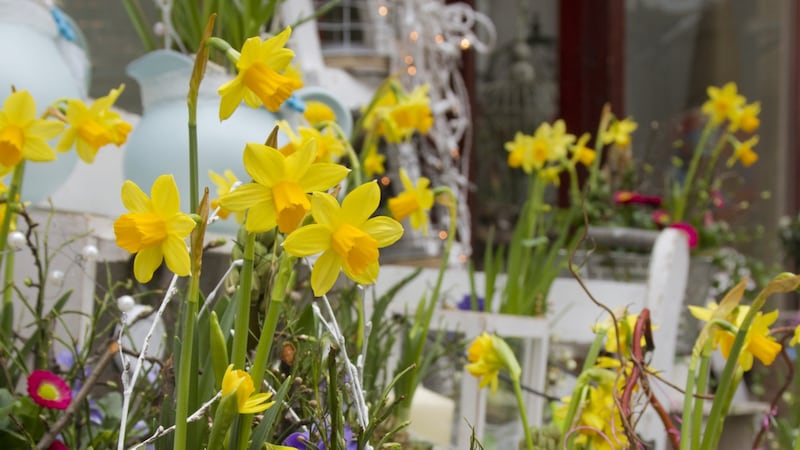
Alternatively, you can temporarily replant any bulbous plants that have finished flowering (for example, daffodils, snowdrops, anemones) in an out-of-the-way spot in your garden or allotment to allow the foliage to naturally die back to ground level over the coming weeks, before lifting the bulbs and storing them in a cool, dry shed to use this coming autumn. Just bear in mind that they won’t give as good a display as freshly purchased bulbs. Before replanting any freshly emptied pots and containers for a summer display, make sure to refresh the top 25-30cm of compost and work in some slow-release organic fertiliser.
House plants are now in active growth so it’s time to up their watering and feeding regime and to pot-on any that have outgrown their containers, making sure to use a fresh, good-quality growing medium suitable for the species. Most indoor plants like a light, “fluffy” growing medium (not garden soil), but some are very specific in their requirements – for example, the popular orchid known as Phalaenopsis likes chipped bark, while cacti need an especially free-draining mix. Signs that a houseplant has outgrown its pot include poor growth and a tightly-bunched root system encircling the inside of the pot (gently tip out the root ball to have a look).
Dates For Your Diary…
Sunday May 8th: Fota Arboretum & Gardens, Fota Island, Co Cork, will host the Rare and Special Plant Fair 2022, with up to 40 of Ireland's specialist nurseries selling a wide range of unusual plants and offering specialist advice as well as visitor access to Fota's arboretum and restored Victorian gardens plus guided tours (pre-booking essential) of Fota House. See fotahouse.com andrareandspecialplantfair.ie.
Sunday 15th May (11am-3.30pm): Spring Farm, Kilquade House, Co Wicklow, Ukraine Appeal Rare & Unusual Plant Sale, with plant donations from many of the country's leading garden clubs and all proceeds going to the Bearr Trust. See bearr.org.
Sunday May 15th: Leitrim Flowers, Anamadu Fields, Kilnagross, Co. Leitrim, 'Creating a Cut-Flower-Garden", a one-day training course with organic cut-flower growers Ciaran and Kealin Beatty. See leitrimflowers.ie.













